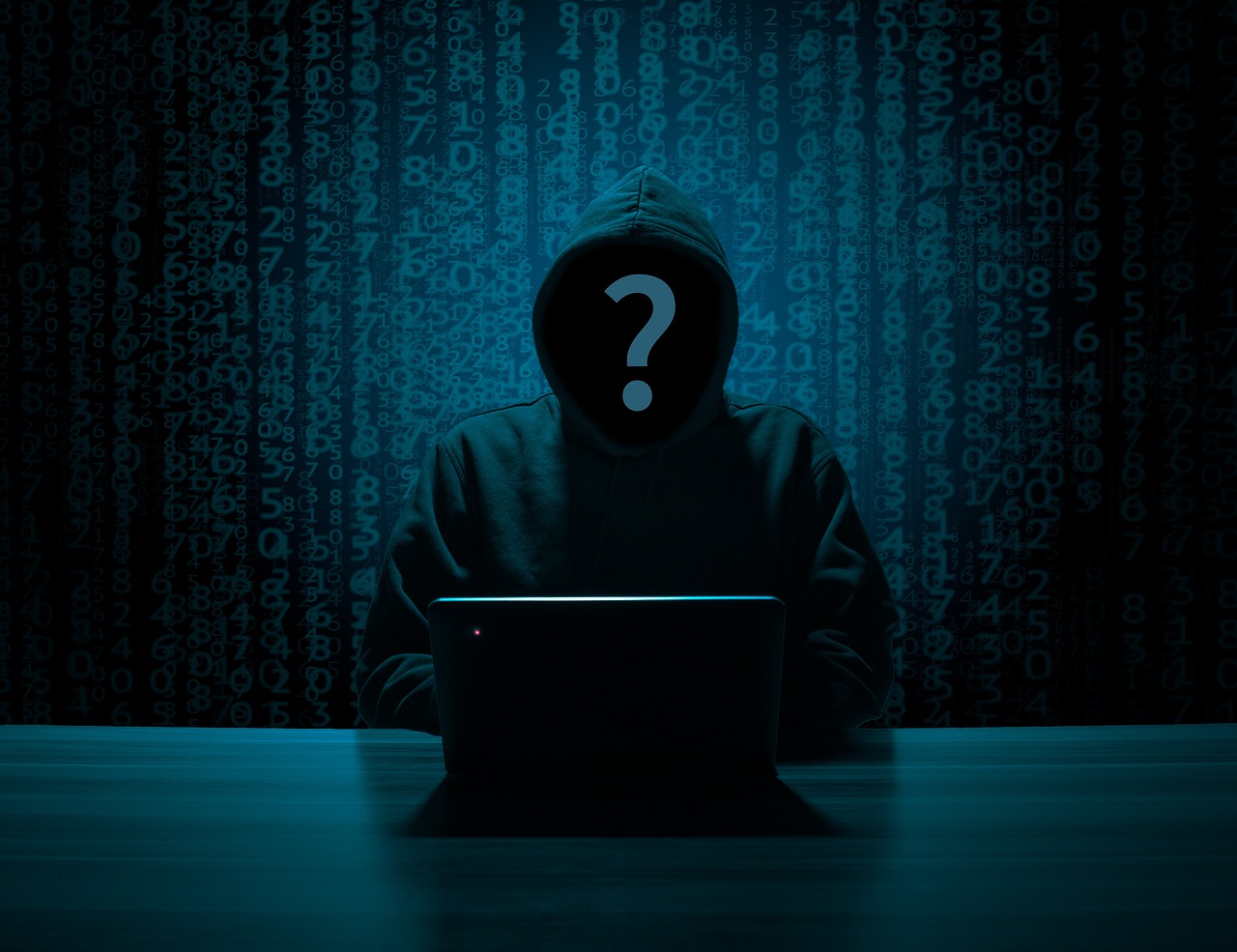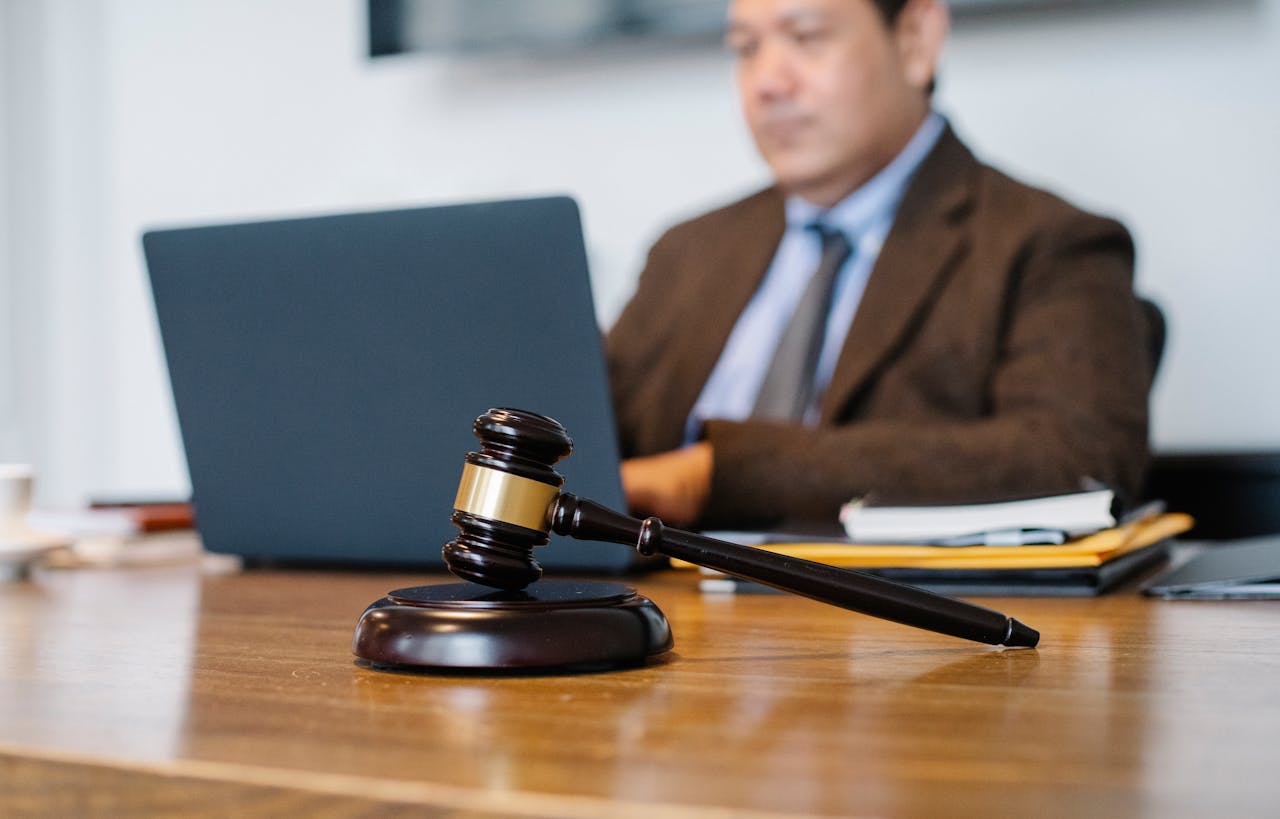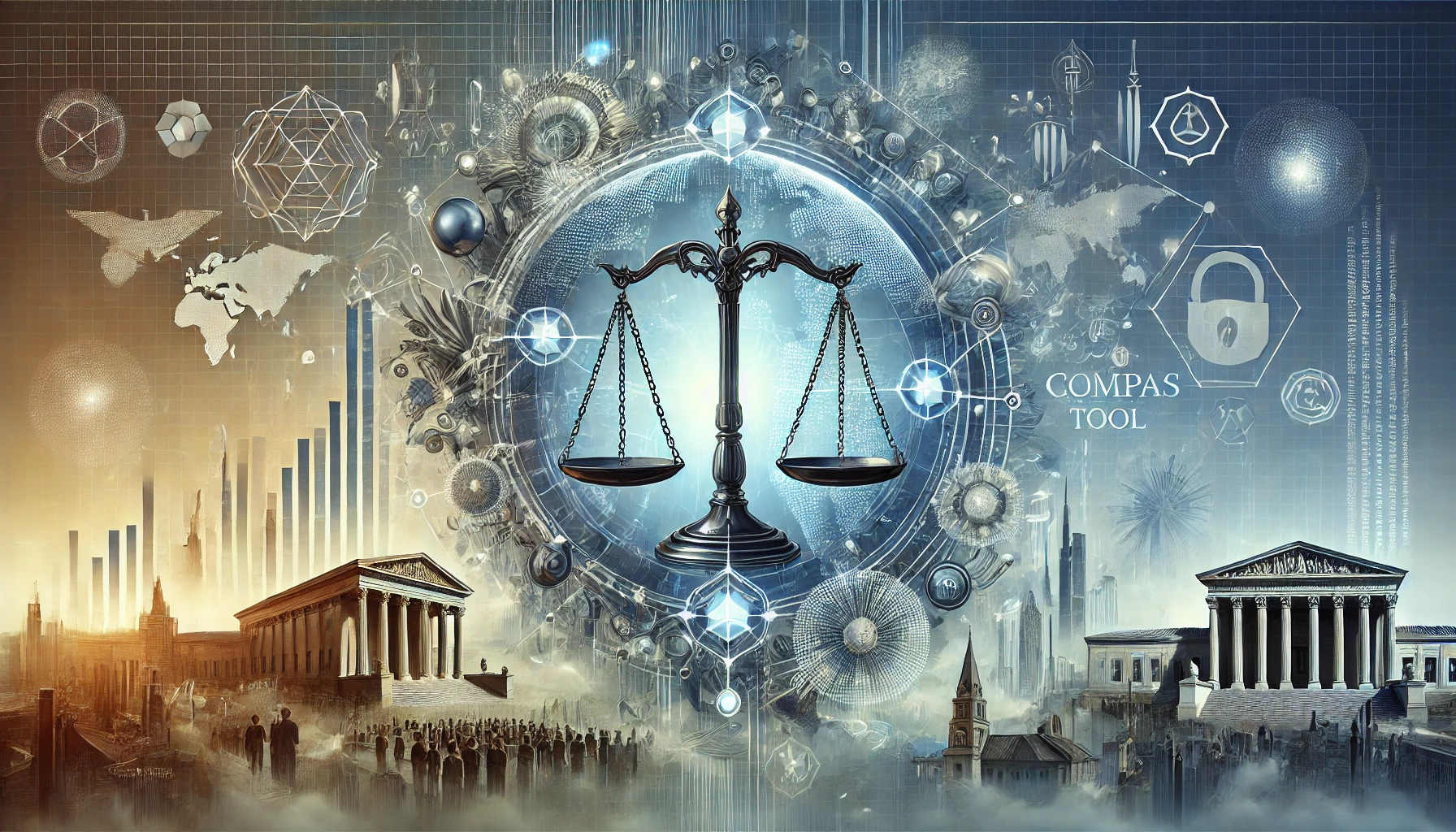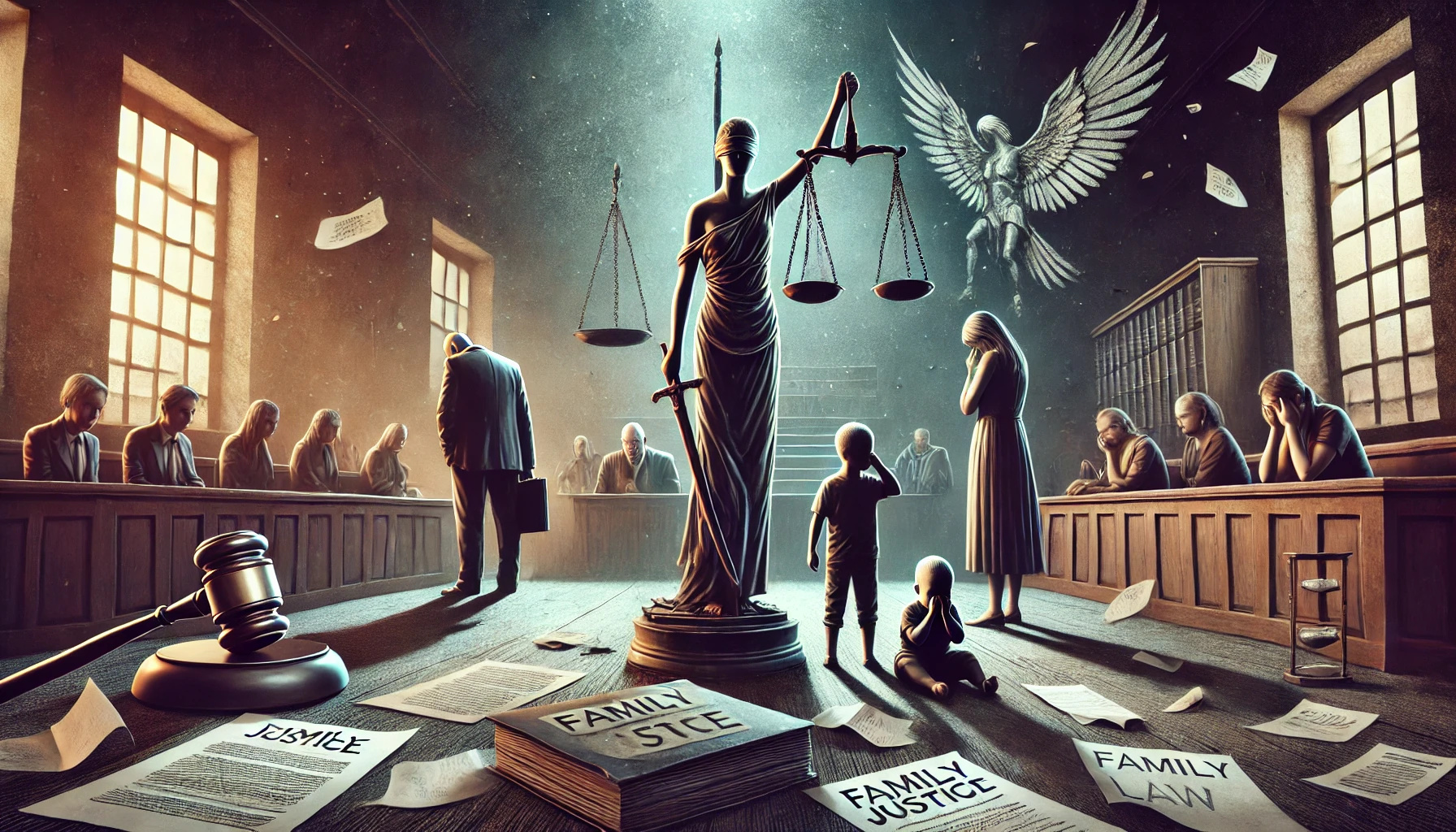Published On: 20 July, 2024

Authored By: Monika
Nirma law University
Abstract
This article examines the ideas of cybercrimes and cyberlaw, looking at the kinds, consequences, and nature of illicit activity carried out online as well as the legislative measures put in place to combat these dangers. Cybercrimes comprise a wide range of illegal actions, including hacking, identity theft, online fraud, cyberbullying, and malware. These crimes can result in monetary losses, data breaches, and privacy violations. They also pose serious hazards to persons, companies, and national security. The set of rules and guidelines created to control how people use technology and the internet is known as cyber law or digital law. It endeavors to safeguard people and institutions against cyber offenses by instituting regulations concerning data security, privacy, intellectual property, and the legalization of cyber offenders. This article looks at how cyber laws are put into practice to provide a safe online environment, the difficulties in enforcing them, and how often modifications are needed to keep up with technology changes. This article emphasizes the significance of strong legal measures and international collaboration in minimizing cyber risks and guaranteeing the safety and security of the digital world by giving an overview of both cybercrimes and cyber law.
Introduction
The Internet and digital technologies are becoming indispensable in today’s globally connected world, propelling economic growth, innovation, and communication in our day-to-day activities. But at the same time as these developments, cyber crimes have become more common, posing serious risks to people’s safety as well as those of businesses and the country. Cybercrimes can have catastrophic consequences and comprise a broad spectrum of illicit acts carried out via digital platforms. The present discourse delves into the notions of cybercrimes and cyber legislation, emphasizing their importance in the contemporary digital terrain. This conversation will cover a number of topics, such as what constitutes a cybercrime, typical types, the significance of cyber laws, and how these laws are put into practice to lessen online risks. The primary inquiry tackled is: What constitutes cybercrimes and cyber regulations, and how do they interact to safeguard individuals and organisations in the digital age Cybercrimes are defined as unlawful actions that take advantage of digital devices, networks, or computers. These offenses include identity theft and hacking as well as internet fraud, cyberbullying, and the dissemination of malware. Cybercrime encompasses a variety of malevolent activities that take advantage of digital system weaknesses to accomplish their goals, which may include financial gain, data theft, or disruption. Cybercrimes affect people, companies, and governments in a wide range of ways. Consequences frequently include reputational harm, financial losses, data breaches, and privacy violations. While hacking attacks can jeopardize sensitive information in corporations and result in significant financial losses and legal ramifications, identity theft, for instance, can cause financial disaster for individuals. Cyberlaw refers to the body of laws and rules created to combat cybercrimes and maintain cybersecurity. It is sometimes referred to as digital law or online law. Protecting individual rights, upholding order in the digital sphere, and establishing legal procedures for dealing with cybercriminals are all made possible by these laws. Intellectual property rights, data protection, privacy, and the prosecution of cybercrimes are only a few of the topics covered by cyber laws. Privacy regulations, such as the General Data Protection Regulation (GDPR), guarantee the security of personal data. Digital works are shielded against unlawful use by intellectual property laws. Hacking, fraud, and other digital misdeeds are punishable under laws against cybercrimes. Despite the existence of cyber laws, the worldwide reach of the internet and the quick advancement of technology make it difficult to enforce them. To properly address these concerns, international cooperation is essential. Legal frameworks will need to be updated on a regular basis in order to keep up with growing cyber threats and technical breakthroughs. Cybercrimes continue to pose a serious threat as digital technologies advance. Establishing a secure digital environment requires an understanding of cybercrimes and the function of cyber laws. Through the implementation of strong legal measures and international cooperation, we may strive towards a digital world that is more secure and resilient.
Background
History
The Massachusetts Institute of Technology student newspaper carried the first mention of malicious hacking. The majority of computers by the middle of the 1960s were big, pricey mainframes stored in safe, climate-controlled buildings with limited access. Curiosity or a desire to enhance systems led some students who had access to start hacking early. When IBM allowed students to test their new computer in 1967, they were able to access and explore more advanced features of the system. As a result of this event, IBM developed defensive strategies and a security-focused mentality, and it also recognized the students’ contributions. Passwords took the place of physical security as computers became smaller and less expensive and more people wanted access. Even now, ethical hacking is a thing.
When researcher Bob Thomas developed the Creeper software for the ARPANET in 1972, it marked the beginning of cybersecurity. The program travelled across the network and left a message. Reaper is the first antivirus program and computer worm, created by Ray Tomlinson with the intention of pursuing and eliminating Creeper. As distant networks expanded, safeguarding linked gear became crucial. By the middle of the 1970s, computer security was the subject of many talks and efforts as people realized how important cybersecurity was. One of the first well-known cyberattacks occurred in 1979 when 16-year-old Kevin Mitnick broke into the computer of Digital Equipment Corporation. Mitnick owns a security consulting business now.
Several high-profile cyberattacks that affected national security and cost companies millions occurred in the 2010s. Notable occurrences consist of:
2012 saw the online publication of over 400,000 credit card information by Saudi hacker 0XOMAR.
2013 saw the release of sensitive NSA data by Edward Snowden.
2013–2014: Yahoo was breached by hackers, impacting 3 billion users, and they were fined $35 million for failing to disclose information.
In a single day in 2017, 230,000 computers were compromised by the WannaCry virus.
2019: The stock market in New Zealand was momentarily shut down by DDoS assaults.
Important terms and definitions related to cybercrimes and cyberlaws include Child pornography, also known as child sexually abusive material (CSAM): At its most basic, CSAMs are any materials that show sexual pictures of children in any format, including those who are being mistreated or exploited. The Information Technology Act contains a clause in Section 67(B) that makes it illegal to publish or transmit content that shows youngsters engaging in sexually explicit behaviour in an electronic format.
“Hacking,” which is defined as unauthorized access to computer networks or systems; “identity theft,” which is the theft of personal data in order to assume the identity of another person; “malware,” which is a type of malicious software intended to compromise or damage systems; and “phishing,” which is a deceptive attempt to obtain sensitive data by posing as a reliable source. Cyber laws also defend data protection and intellectual property rights, which prevent sensitive and private information from being exploited or accessed without authorization. They also guarantee that digital works are not utilized without authorization.
Due to the global reach of the internet and the speed at which technology is developing, there are a number of obstacles to overcome before cyber laws can be effectively enforced. These obstacles include the need for international cooperation and ongoing legal framework updates to keep up with new cyber threats. As digital technologies advance, it will be more and more important to comprehend and put into practice strong cyber laws to ensure a safe and resilient digital environment. By tackling these obstacles with comprehensive legal measures and teamwork, we can reduce the impact of cybercrimes and protect the integrity of the digital world.
Relevant laws and Regulations
The internet and life are similar. We have a great time doing funny stuff here, and it’s intriguing, but there are some difficulties involved. Because of the nation’s widespread Internet availability and technological growth, cybercrime has also increased in frequency. We can fall prey to illicit cyber activity in a variety of ways, from breaking into computers to conducting fraudulent online transactions.
The Indian government has the Information Technology Act, 2000 in place to control such actions that infringe upon the rights of Internet users. Some of its provisions that aim to protect cyberspace and empower Internet users are listed below.
Section 43: This portion of the IT Act pertains to those who commit cybercrimes, such as harming the victim’s computer without the victim’s express consent. If a computer is destroyed in this way without the owner’s permission, the owner is completely entitled to a reimbursement for the whole cost of the damage.
This portion of the IT Act pertains to those who commit cybercrimes, such as harming the victim’s computer without the victim’s express consent. If a computer is destroyed in this way without the owner’s permission, the owner is completely entitled to a reimbursement for the whole cost of the damage.
Related case laws
Poona Auto Ancillaries Pvt, Ltd., Pune v. Punjab National Bank, Ho New Delhi & others (2018)
Rajesh Aggarwal of Maharashtra’s IT department, who is Punjab National Bank’s agent in this matter, ordered Punjab National Bank to pay Rs 45 lakh to Manmohan Singh Matharu, MD of Poona Auto Ancillaries, a Pune-based company, in Poona Auto Ancillaries Pvt. Ltd., Pune v. Punjab National Bank, HO New Delhi & Others (2018). This instance involves a fraudulent transfer of Rs 80.10 lakh from Matharu’s PNB account in Pune, following his response to a phishing email. The complaint was requested to bear the culpability as they replied to the phishing email. However, because no security checks were made against bogus accounts formed in order to deceive the Complainant, the bank was judged to have been negligent.
Section 65 of Information Technology Act 2000: Tampering with Computer Source Documents
If anyone intentionally or knowingly conceals, destroys, or alters any computer source code used for a computer, computer program, computer system, or computer network—when the computer source code is required by law to be kept or maintained for the duration that the law is in effect—they may face up to three years in prison, a fine of up to two lakh rupees, or both.
Section 66 of Information Technology Act 2000: computer-related offence Any individual who engages in any of the dishonest or fraudulent acts listed in section 43 faces a maximum sentence of three years in jail, a maximum fine of five lakh rupees, or both.
Relevant Case laws
Kumar v. Whiteley (1991)
Throughout the investigation, the accused gained access to the Joint Academic Network (JANET) without authorization, changing, adding, and removing files. Investigations revealed that Kumar had been altering computer records related to customers’ broadband Internet user accounts and connecting to a BSNL broadband Internet connection as if he were a valid authorized user. The CBI discovered that Kumar had used broadband Internet without authorization on his computer, so they opened an investigation and filed a cybercrime case against him based on an anonymous complaint. The subscribers also suffered a loss of Rs 38,248 as a result of Kumar’s improper behavior. Judge Additional Chief Metropolitan Magistrate N G Arun Kumar’s sentencing. He was sentenced to a hard year in jail by the court under Sections 420 of the IPC and 66 of the IT Act, with a punishment of Rs 5,000.
Section 66B of the Information Technology Act 2000
Anyone found guilty of dishonestly receiving or holding onto a stolen computer resource or communication device with knowledge or reasonable suspicion that it is stolen faces up to three years in prison, a fine of up to one lakh rupees, or both, depending on the circumstances.
Section 66C
This section focuses on password hacking, digital signatures, and other identity theft methods. This clause stipulates a fine of one lakh rupees and a maximum sentence of three years in jail.
Section 66D
This section deals with computer resource personation as a kind of cheating. If found guilty, the punishment is a maximum three-year jail sentence and/or a fine of Rs one lakh.
Section 66E
This law penalizes taking images of private locations and publishing or transferring them without the owner’s permission. If found guilty, the punishments include a fine of up to Rs 2 lakh and/or a maximum three-year jail sentence.
Section 66F
cyberterrorism-related acts. A criminal who is found guilty may spend the rest of their life behind bars. Using the Bombay Stock Exchange and the National Stock Exchange as examples, a threat email was issued challenging the security personnel to stop a terror assault that was scheduled to target these establishments. Section 66F of the IT Act was used to charge and apprehend the perpetrator.
Section 67
This includes distasteful content being published online. If found guilty, the maximum sentence is five years in jail and the maximum punishment is Rs. 10 lakhs.
Discussion
The rise of technology has led to a rise in cybercrimes, which include identity theft, online fraud, hacking, and cyberbullying. Cyber laws are essential for safeguarding people, businesses, and national security since they are created to counteract these dangers. However, there are a lot of obstacles to overcome due to the quick advancement of technology and the intricacy of cyberspace, which includes actions that are illegal in some jurisdictions.
Consequences of the Analysis
The report emphasizes how vital it is to update and improve cyber regulations on a regular basis in order to stay up with emerging technologies. Because of the epidemic, more people are working remotely, which has increased the need for strong cybersecurity protections. Legislative bodies need to be proactive and on the lookout for emerging risks so they can act quickly to counter them.
Suggestions and Potential Remedies
Legislators have to consistently revise cyber legislation in order to take into account new risks and developments in technology.
Enhance international cooperation to provide comprehensive and well-coordinated legal responses to cybercrime.
Invest in cutting-edge cybersecurity solutions like multi-factor authentication, real-time protection, and threat information to strengthen security measures.
Education and Public Awareness: Inform people on online safety best practices and the significance of abiding by cyber laws.
Stakeholder Coordination: To create and execute efficient cybersecurity regulations, and promote collaboration among legislators, internet service providers, financial institutions, and other relevant parties.
Proactive Legislation: To reduce possible future risks, legislators should foresee them and take proactive steps to address them.
The battle against cybercrime may be waged more successfully by implementing these fixes continuing to take a proactive, cooperative approach, and making sure everyone uses a safer digital environment.
Conclusion
With the development of technology, unsettling elements that use the internet for financial gain and malicious intent have surfaced on the dark web. Since cyberspace presents complicated challenges, including Gray areas that are challenging to regulate, cyber laws have become essential in addressing these issues.
The growing dependence of both India and the rest of the world on technology calls for constant revisions and improvements to cyber laws. The pandemic’s effect on the rise in remote work has brought even more attention to the necessity of strong application security. In order to keep ahead of cybercriminals, legislators need to be proactive and respond quickly to new threats. Fighting cybercrime requires cooperation between legislators, internet service providers, banks, e-commerce sites, and other stakeholders. But users are an essential part of this battle as well as the expansion of resilience and safety on the internet.
Reference(s):
Indian Cybercrime Coordination Centre (mha.gov.in)
Section 43 in The Information Technology Act, 2000 (indiankanoon.org)
Section 65 in The Information Technology Act, 2000 (indiankanoon.org)
Section 66B in The Information Technology Act, 2000 (indiankanoon.org)
Section 66C in The Information Technology Act, 2000 (indiankanoon.org)
Section 66D in The Information Technology Act, 2000 (indiankanoon.org)
Section 66E in The Information Technology Act, 2000 (indiankanoon.org)
Section 66E in The Information Technology Act, 2000 (indiankanoon.org)
Section 67 in The Information Technology Act, 2000 (indiankanoon.org)





